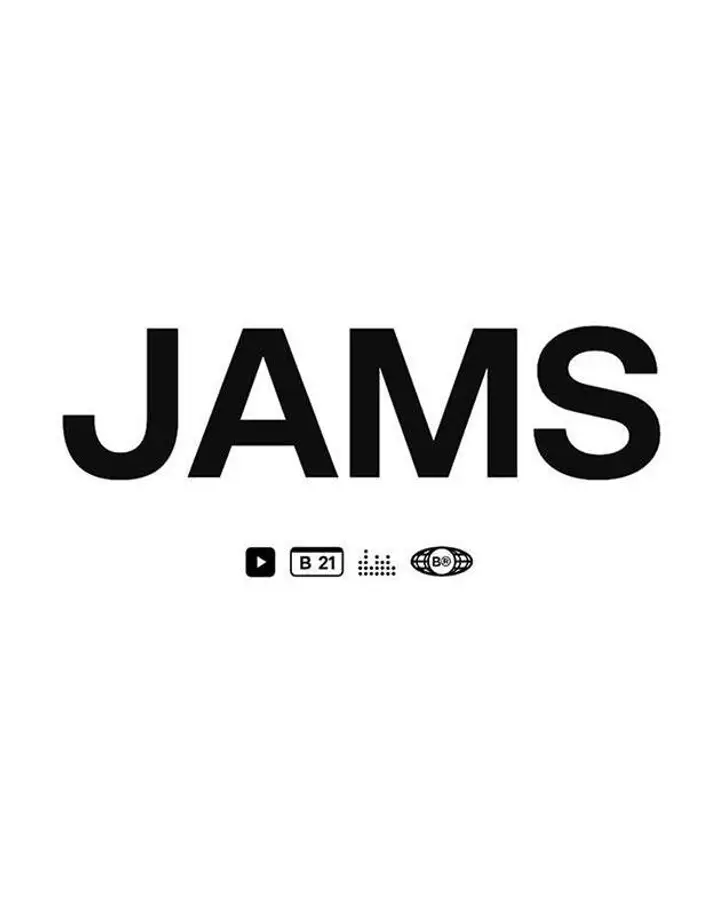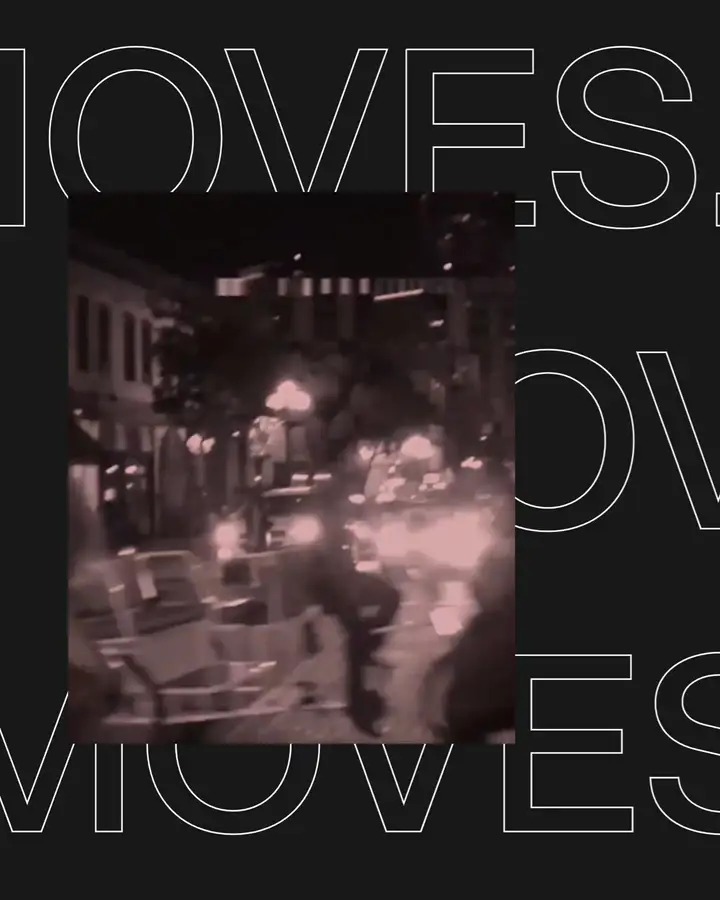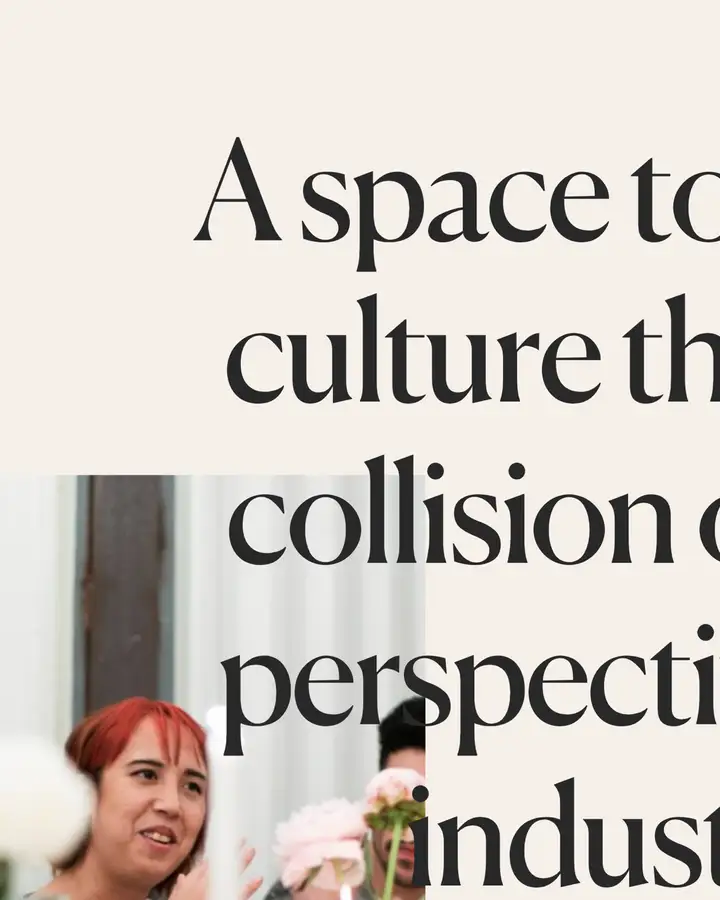5waystofallinlovewithlearningaboutaccessibility●
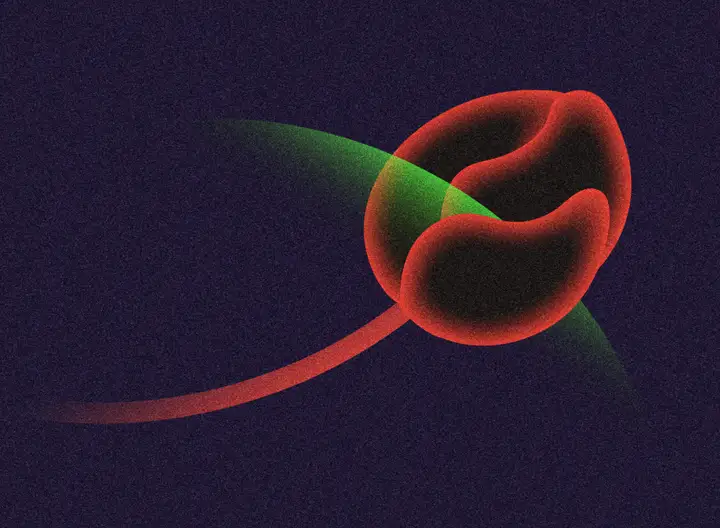
Welcome to our three-part series on accessibility, looking into the enormous potential of smart technology to make the world more inclusive—if we design it with intention.
Remember when you’d drag your sleepy ass to history class, just to doze off as your teacher yammered on about things in a dusty old textbook?
Somehow school managed to reduce all of history into flat facts to be memorized and regurgitated.
In the tech world, accessibility – the challenge of creating experiences that everyone can enjoy, regardless of disabilities and neurodivergence – isn’t treated much differently.
All too often, it gets reduced to a dry list of requirements: Alt text to describe images. Captions for videos. Guidelines for color contrast.
While these requirements are hugely important for users and your brand, they’re commonly presented as limitations – the requisite broccoli before the dessert of creativity.
But learning about accessibility is also a recipe for innovation – like how audiobooks were invented in 1932 when The American Federation for the Blind recorded books on vinyl records. Or how Google and Jason Barnes, a musician who lost his arm in an electrical accident, pushed the fields of robotics and artificial intelligence forward by creating a robotic drumming prosthetic. Or how the evolution of voice assistants is pushing boundaries for people with a wide range of disabilities.
Accessibility is central to good design, and it’s full of exciting possibilities. So how can we make learning about it – both the basics and the revolutionary stuff – more fun and engaging?
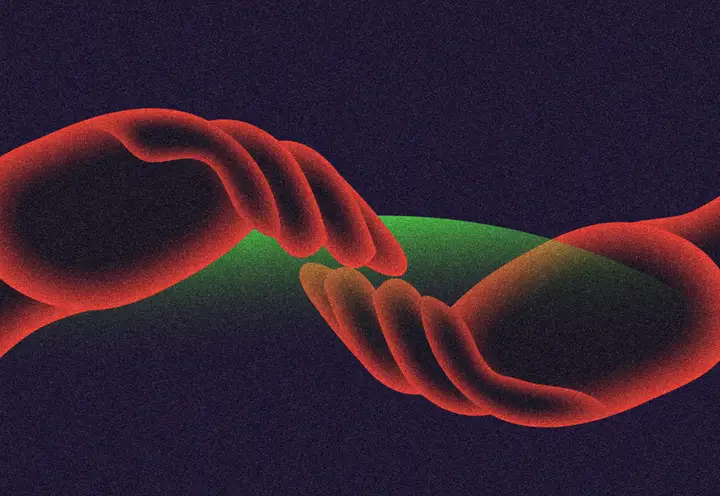
1. Learn more about the community you’re designing with and for.
Accessibility isn’t about checklists.
Accessibility is about people – in this context, people with disabilities and people who are neurodivergent.
Two of the best ways to learn about people? Conversations and stories. (Books, movies, you name it. The more diverse, the better.)
Daniel’s Music Foundation, an organization that provides music programs for people with disabilities, shared their disability awareness presentation with us. They talked about everything from their own personal story to the broader history of disability rights.
Like their Ted Talk, it was moving. They made such an impact that members of our team asked how they could share this information with others, including their own kids.
Listening to the voices of people with disabilities is a powerful way to connect more deeply with the things that you learn. And if you’re not sure where to start, look no further than this Disability Masterdoc created by Kathryn Smith.
2. Embrace the skills, interests, and experiences already within you and your organization.
Brainstorm ways to pair your passions and hobbies with learning. For instance, if you love art, how could you use art to learn – or even teach others – about accessibility?
In your organization, give people a platform to share their voices and knowledge about accessibility. Whether that means putting out an open call for speakers, starting a zine, or creating videos with helpful tips, experiment with whatever resonates the most.
You can also start a monthly meeting around learning and exploration. Ask everyone to bring at least one thing they’ve learned to share with the group. Try new plug-ins and tools, like Color Blind and Focus Order. Try using assistive technology like screen readers, especially on your own creations, to find out how you can improve what you’re already making.
Every year, after all these meetups, collaborate on creative ways to share everything you’ve learned.
3. Get your game on.
If you’re into video games, find the hottest games in the accessibility space and play them as a team. Explore the accessibility features. Even if you don’t design video games, how can you apply those lessons to the experiences that you work on?
If you’re hankering to make something, you can get your hands dirty with a creative competition or a hack-a-thon – like Microsoft’s AI for Accessibility Hackathon.
From trivia to interactive tutorials, what games can you play – or create – to generate hype around learning about accessibility?
(And don’t forget to offer some sweet rewards for the winners!)
4. Get weird and wild with the inspo.
Improve your skills by immersing yourself in the work of the boundary pushers – like E-nterpreters, an initiative that created bots to translate spoken words into sign language to help more people talk with their friends while playing video games.
Or Samsung’s Quest for Dyslexia, which hacked Young Warrior, China’s equivalent of World of Warcraft, to help detect signs of dyslexia in children.
Look internationally. Look at the award winners, like the Video Game Accessibility Awards or the Cannes Lions Awards. Look at Google’s stories about how they’re creating with and for the disabled community. Look at websites and platforms created by and for people with disabilities, like caniplaythat.com, which shares articles and stories about accessibility in the gaming industry.
And your inspiration doesn’t have to come from accessibility-oriented designs alone.
Take DojaCode, the first codable music video, for example. Created by the non-profit Girls Who Code and Grammy-winning musician Doja Cat, DojaCode empowers the audience to use code to change video details from nail designs to the sky. It’s fun and creative, designed to show young girls that coding and tech is for them too.
With that as inspiration, how could we embrace music and unexpected storytelling formats like music videos to educate about accessibility?
5. Explore the playground of social media.
Social media breaks down the huge topic of accessibility into smaller, bite-sized chunks, sprinkling knowledge into platforms you’re probably already using.
On Twitter, get first-hand perspectives by exploring hashtags like #ActuallyAutistic, #DisabilityTwitter, and #DisabilityTooWhite – a hashtag created by Vilissa Thompson to start conversations around the lack of representation for disabled people of color.
On TikTok, check out talented creators like Imani Barbarin (@crutches_and_spice), a writer with Cerebral Palsy who talks about topics like white supremacy and ableism, and Spencer West (@spencer2thewest), an advocate for disability justice and LGBTQ rights.
On the professional side, LinkedIn is full of hot takes, practical info like how to write effective alt text, and accessibility events. Follow influencers like the LinkedIn Top Voices in Disability Advocacy – including Meryl Evans, a deaf professional speaker and accessibility marketing consultant, and Haben Girma, the first Deafblind person to graduate from Harvard Law School.
(Bonus tip: Camel case hashtags like #LearningRules are more accessible because they’re easier for screen readers to interpret.)
Final thoughts.
By centering curiosity, reframing accessibility as a source of possibilities rather than limitations, and learning more about the real people your work is reaching, you can dig so much deeper – and make a bigger impact.
And if you’re looking for a bit more structure, resources like Microsoft’s Accessibility Fundamentals course, the W3C Accessibility Fundamentals Overview, and Google’s accessible marketing handbook are a great place to start.
Accessibility is a creative challenge that opens so many doors.
So let’s get creative and imagine new ways to learn about it.
BEHIND THE BASIC BYLINE: KRISTA HARDER
As a writer at BASIC/DEPT® who also helps the Google Store create better online experiences for shoppers with screen readers, I’m passionate about using language and principles of accessibility to create a more inclusive digital world.
I first learned about digital accessibility while attending a UX bootcamp, where I quickly realized how often it gets left out of design decisions and conversations about diversity, equity, and inclusion. It felt like such a wasted opportunity – both for the people who couldn’t access the technology that they needed, and for the brands missing out on the creativity, connection, and growth that accessibility fosters.
While I’m no expert, I’ve learned that speaking up about the accessibility opportunities that I notice – no matter how small – leads to meaningful action and conversations. I hope that this series will challenge assumptions, spark ideas, and help others speak up too.
